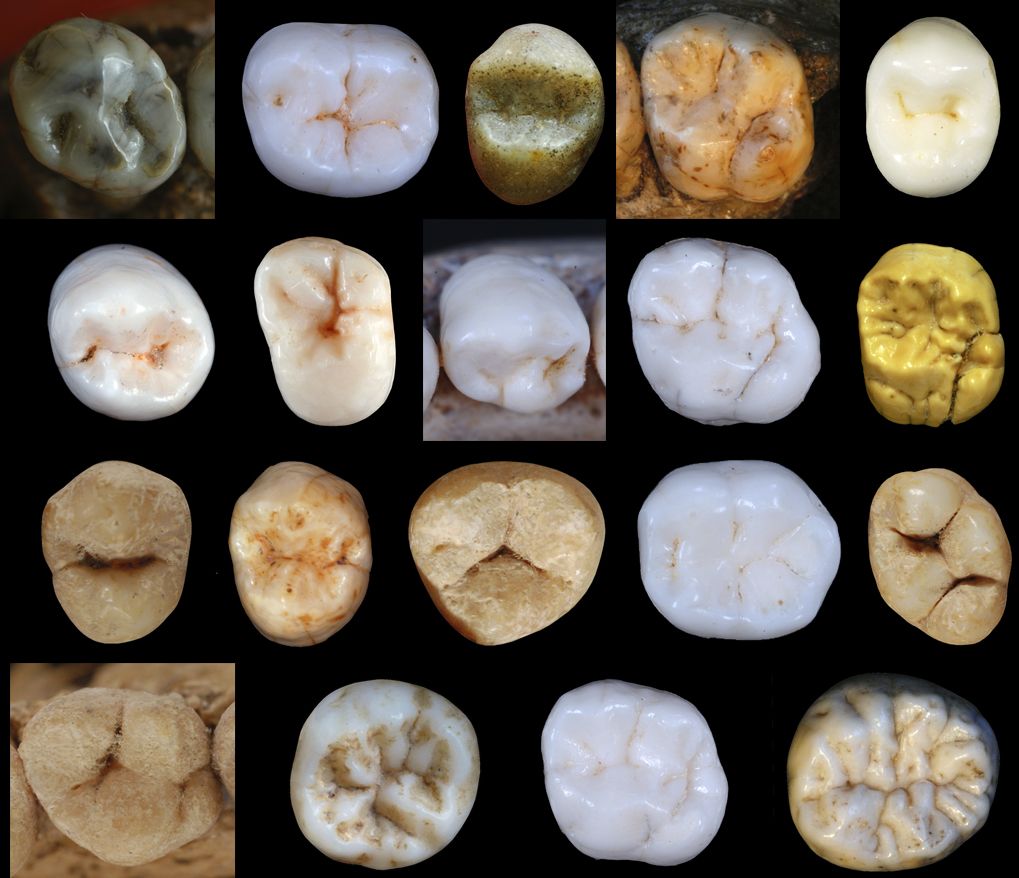
Modern humans and Neanderthals—our closest prehistoric relative—once shared a common ancestor. However, experts have long been divided over when the two lineages split.
Now, a researcher from University College London has suggested that humans and Neanderthals diverged around 800,000 years ago—much earlier than many estimates based on DNA analysis suggest.
For a study published in the journal Science Advances, Aida Gómez-Robles from UCL's anthropology department examined the dental evolutionary rates of different hominin species, including Neanderthals and a group of their ancestors from the Sima de los Huesos cave site in Spain's Atapuerca Mountains.
Archaeologists have recovered the remains of nearly 30 individuals at this site, which has been dated to around 430,000 years ago.
Dental shape has evolved at remarkably similar rates across all hominin species, and as a result, it can be used as a kind of measure for determining the divergence points between different species.
"The study focuses on the dental shape of eight different species, including an early Neanderthal population from Sima de los Huesos that is close to the point of divergence between Neanderthals and modern humans," Gómez-Robles told Newsweek.
"The Neanderthal-modern human divergence time was changed—from a very late divergence of 500,000 years ago to a very old divergence of more than 1.5 million years ago—and evolutionary rates for dental shape were calculated," she said. "The estimated divergence time between Neanderthals and modern humans is the one that makes the dental evolutionary rate for early Neanderthals similar to the rates observed in other species."
Through this analysis, Gómez-Robles found evidence to indicate an earlier divergence between modern humans and Neanderthals than previously assumed.
"Any divergence time between Neanderthals and modern humans younger than 800,000 years ago would have entailed an unexpectedly fast dental evolution in the early Neanderthals from Sima de los Huesos," she said in a statement.
"There are different factors that could potentially explain these results, including strong selection to change the teeth of these hominins or their isolation from other Neanderthals found in mainland Europe," she said. "However, the simplest explanation is that the divergence between Neanderthals and modern humans was older than 800,000 years. This would make the evolutionary rates of the early Neanderthals from Sima de los Huesos roughly comparable to those found in other species."
Current estimates based on DNA analysis suggest that modern humans and Neanderthals diverged between around 300,000 and 500,000 years ago. But according to Gómez-Robles, these dates are not compatible with the genetic and anatomical similarities seen between Neanderthals and their ancestors from Sima de los Huesos.
"Sima de los Huesos hominins are characterized by very small posterior teeth—premolars and molars—that show multiple similarities with classic Neanderthals," she said. "It is likely that the small and Neanderthal-looking teeth of these hominins evolved from the larger and more primitive teeth present in the last common ancestor of Neanderthals and modern humans."
"The Sima people's teeth are very different from those that we would expect to find in their last common ancestral species with modern humans, suggesting that they evolved separately over a long period of time to develop such stark differences," she said.
According to Gómez-Robles, the results of the latest study have important implications for our understanding of human evolution.
"To me, the most important implication of my study is how this influences the interpretation of the hominin fossil record," she told Newsweek. "When looking for the last common ancestor of Neanderthals and modern humans, Homo heidelbergensis tends to be considered the most likely ancestor."
"According to my results, however, H. heidelbergensis cannot occupy that evolutionary position because it postdates the divergence between Neanderthals and modern humans. That means that we need to look at older species when looking for this common ancestral species."
Uncommon Knowledge
Newsweek is committed to challenging conventional wisdom and finding connections in the search for common ground.
Newsweek is committed to challenging conventional wisdom and finding connections in the search for common ground.
About the writer
Aristos is a Newsweek science reporter with the London, U.K., bureau. He reports on science and health topics, including; animal, ... Read more
To read how Newsweek uses AI as a newsroom tool, Click here.








